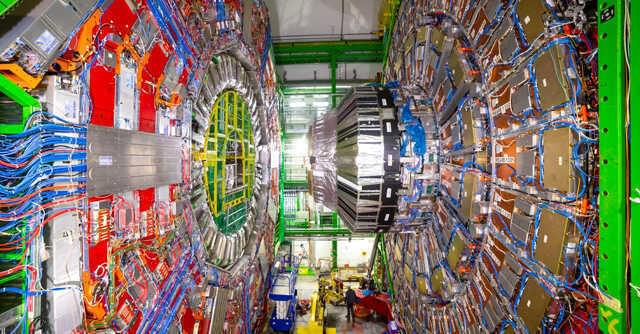A team of researchers at the European Council for Nuclear Research (CERN) has discovered three new composite particles from observations made through the Large Hadron Collider – the world’s most powerful particle accelerator located in Switzerland and France. The discovery included a pair of tetraquarks and a pentaquark – thereby showcasing an even wider range of ways in which fundamental particles of the universe can interact with each other.
A quark is a fundamental particle, which means that it has no further known subdivisions in particle physics, as of now. Quarks, along with electrons, form the building blocks of all matter in the universe. A combination of multiple quarks is known as a hadron, which include two type – the positively charged proton and the neutral neutron.
While quarks have commonly been observed to come in combinations of twos and threes, the newly discovered hadrons are being referred to as “exotic” by the scientists because they feature four and five quarks in them. These particles are called ‘composite particles’, since they are composed of smaller fundamental building blocks – the quarks themselves.
